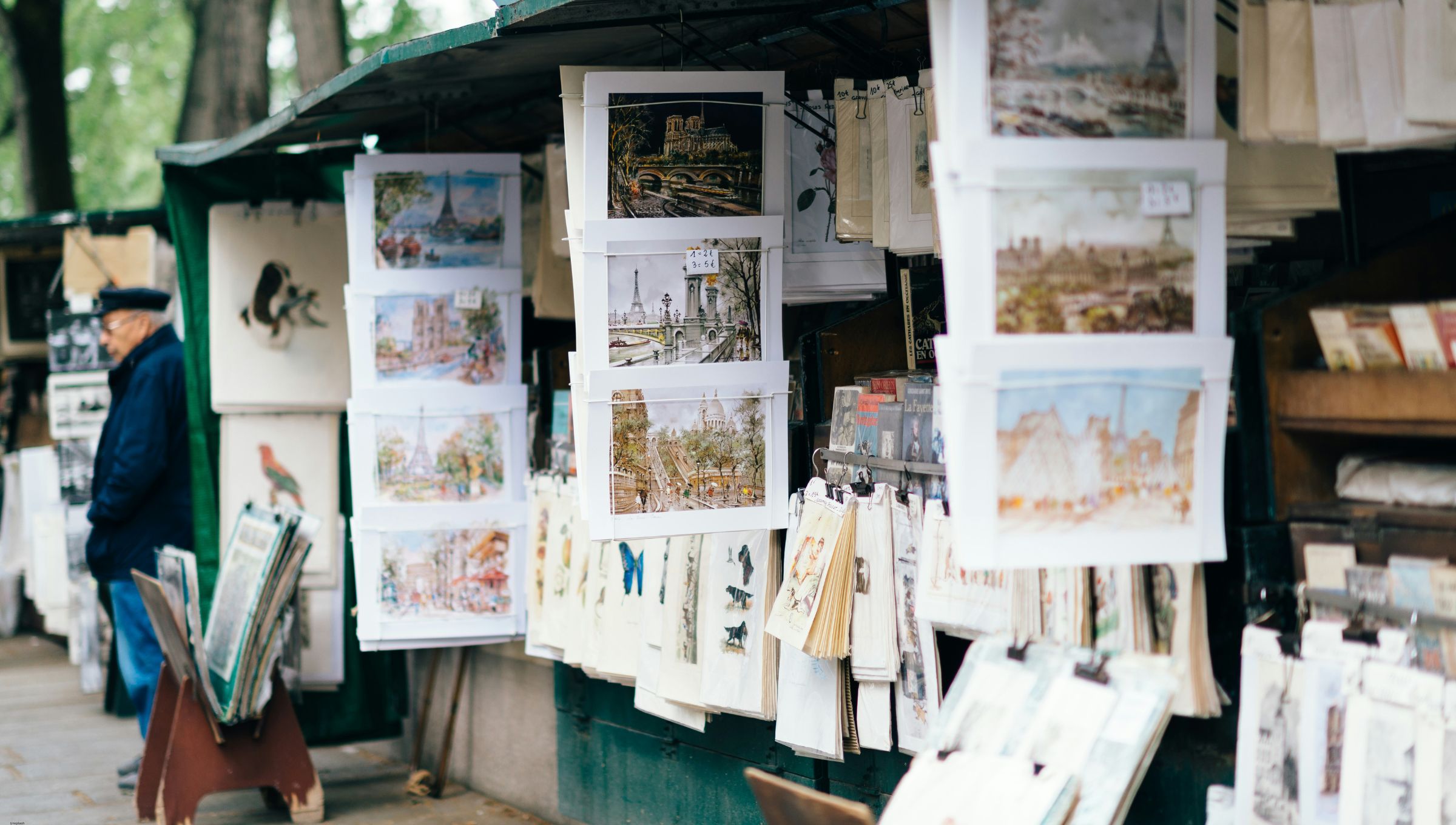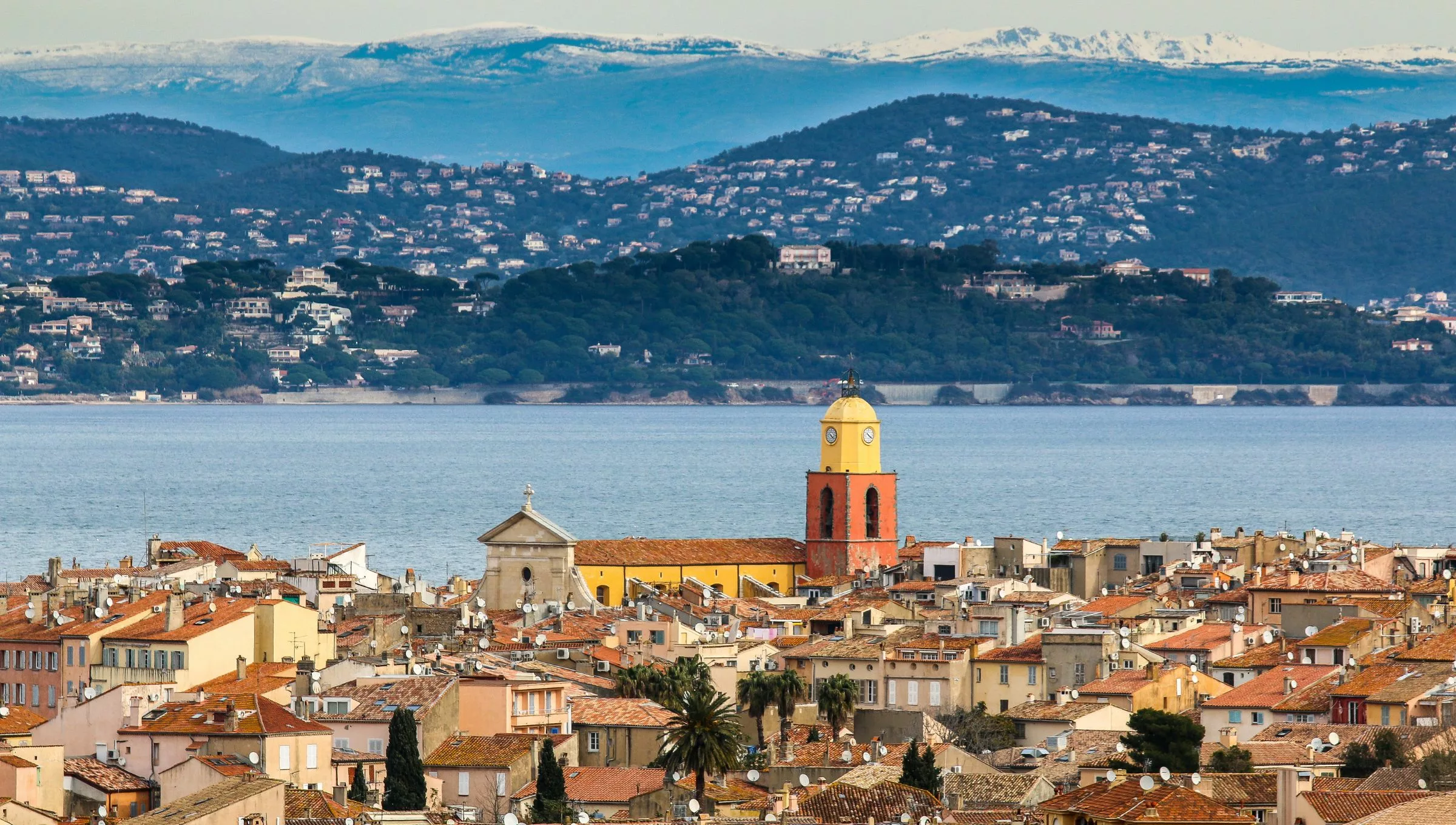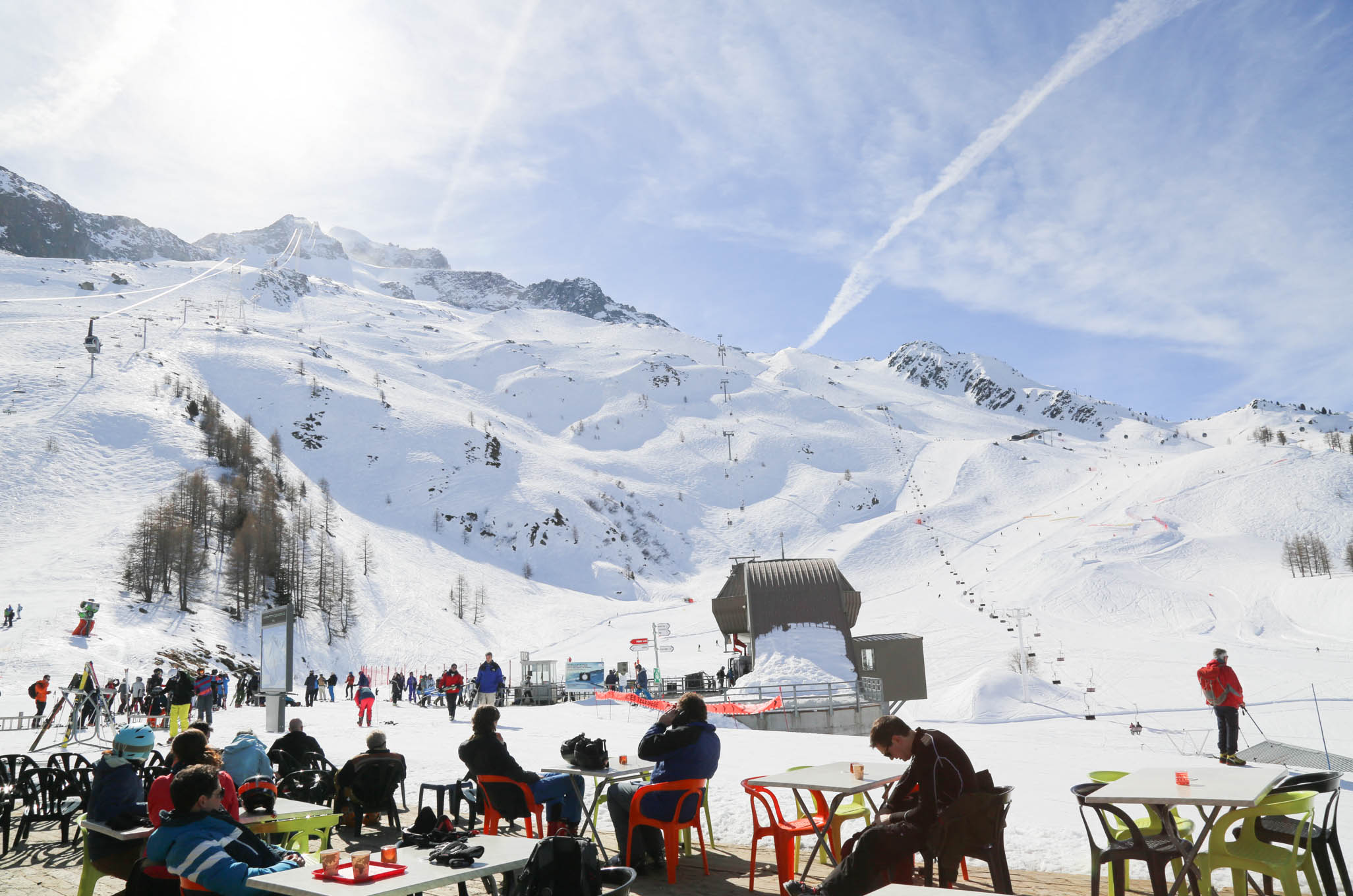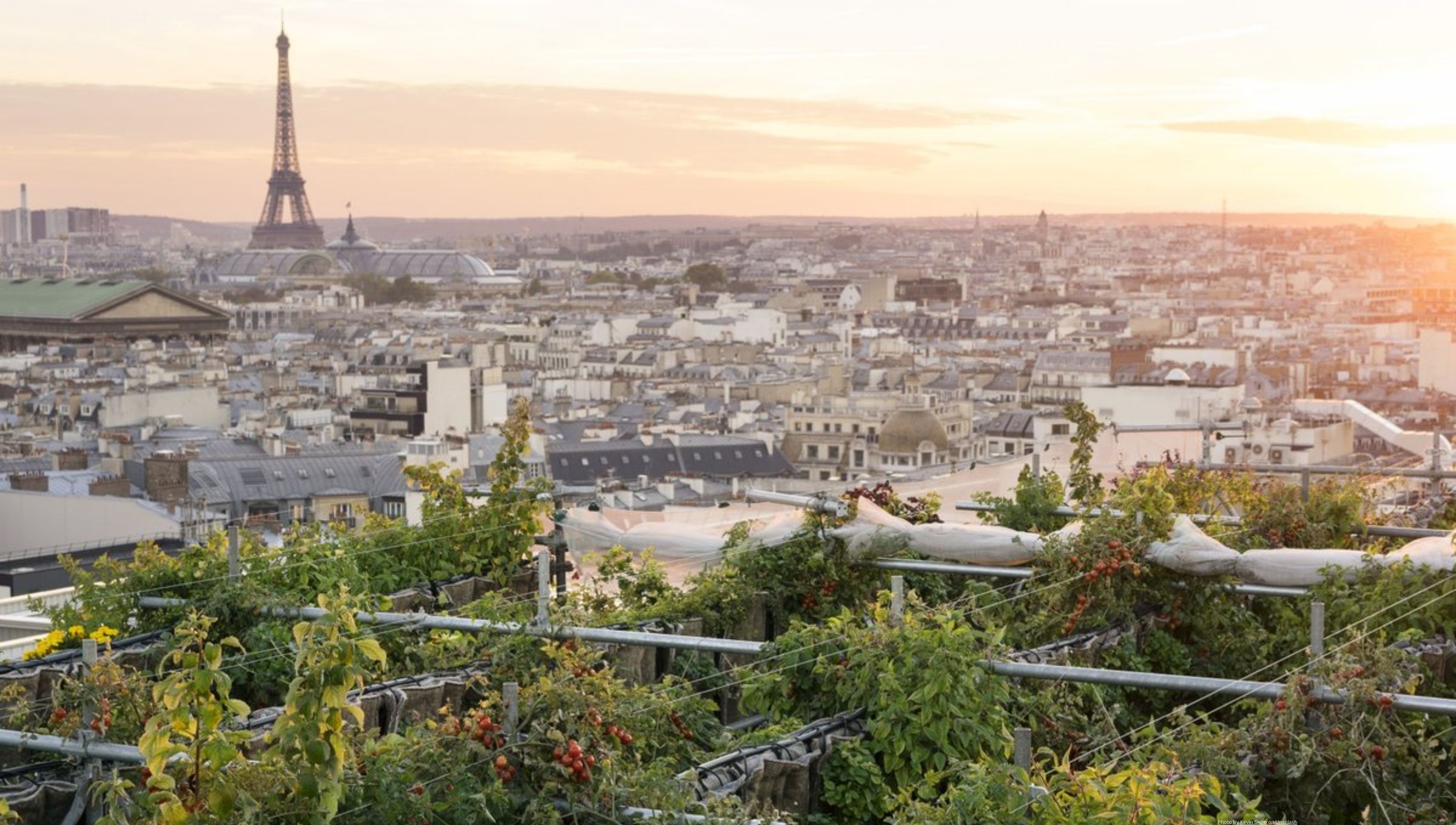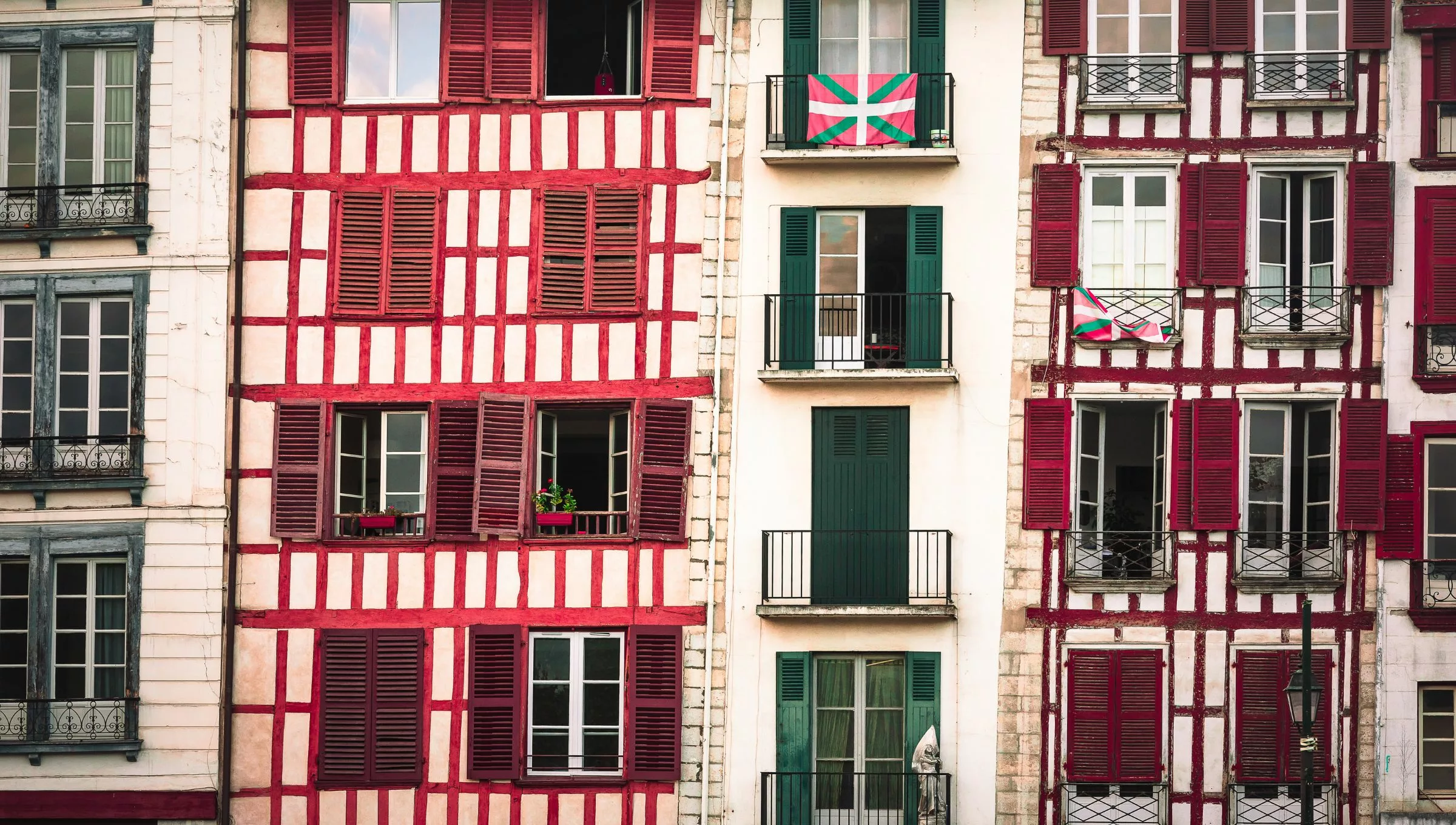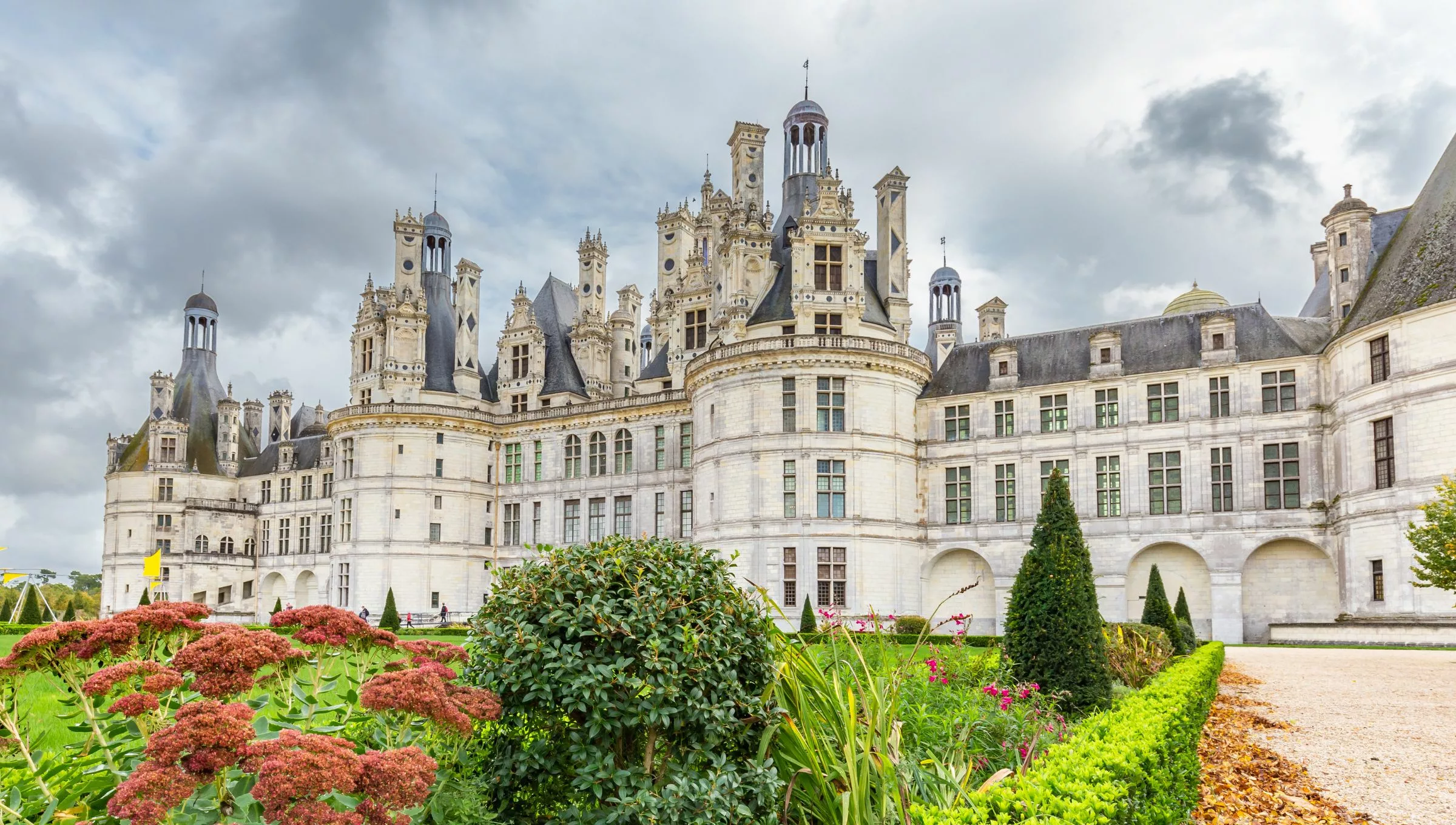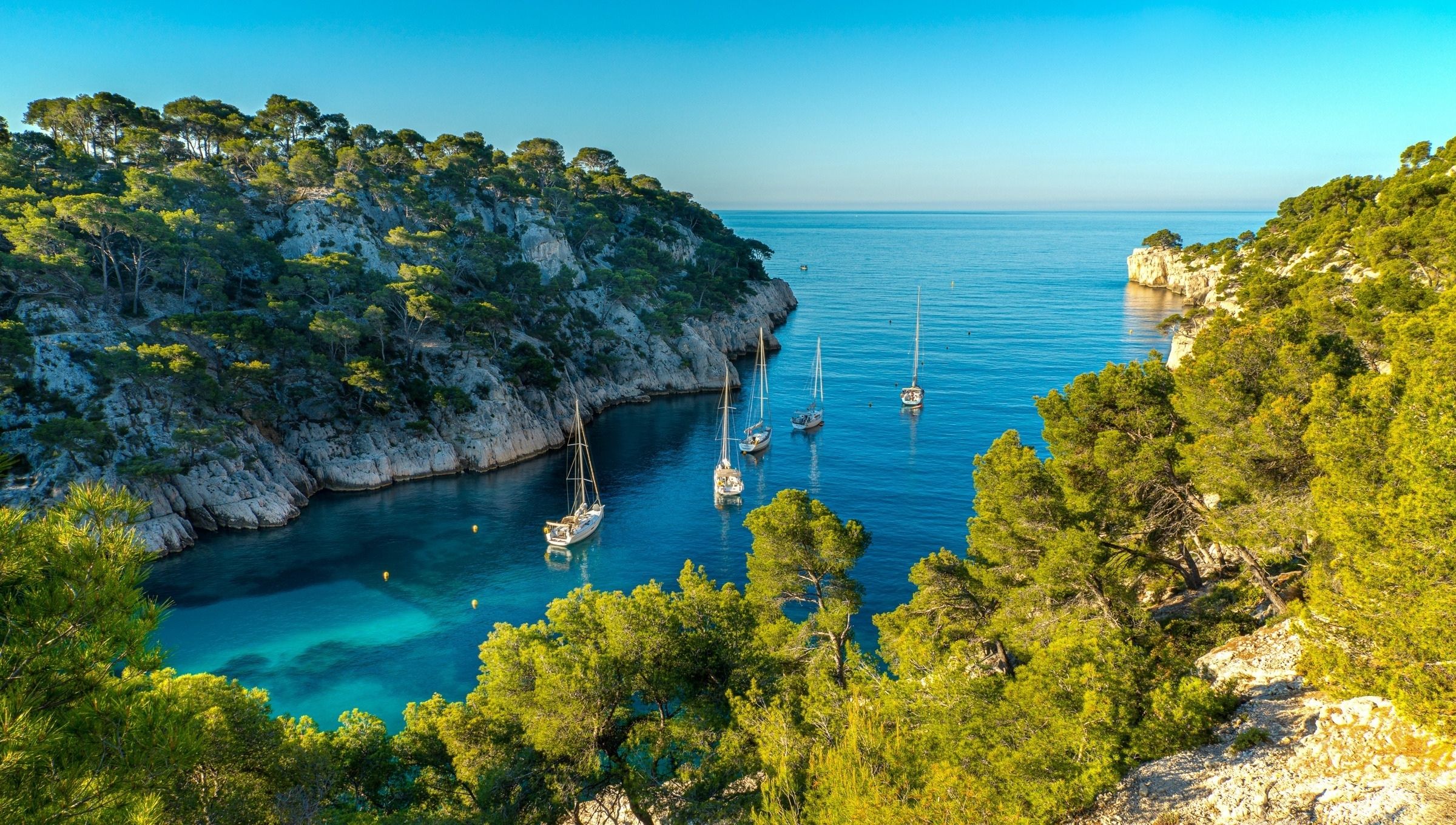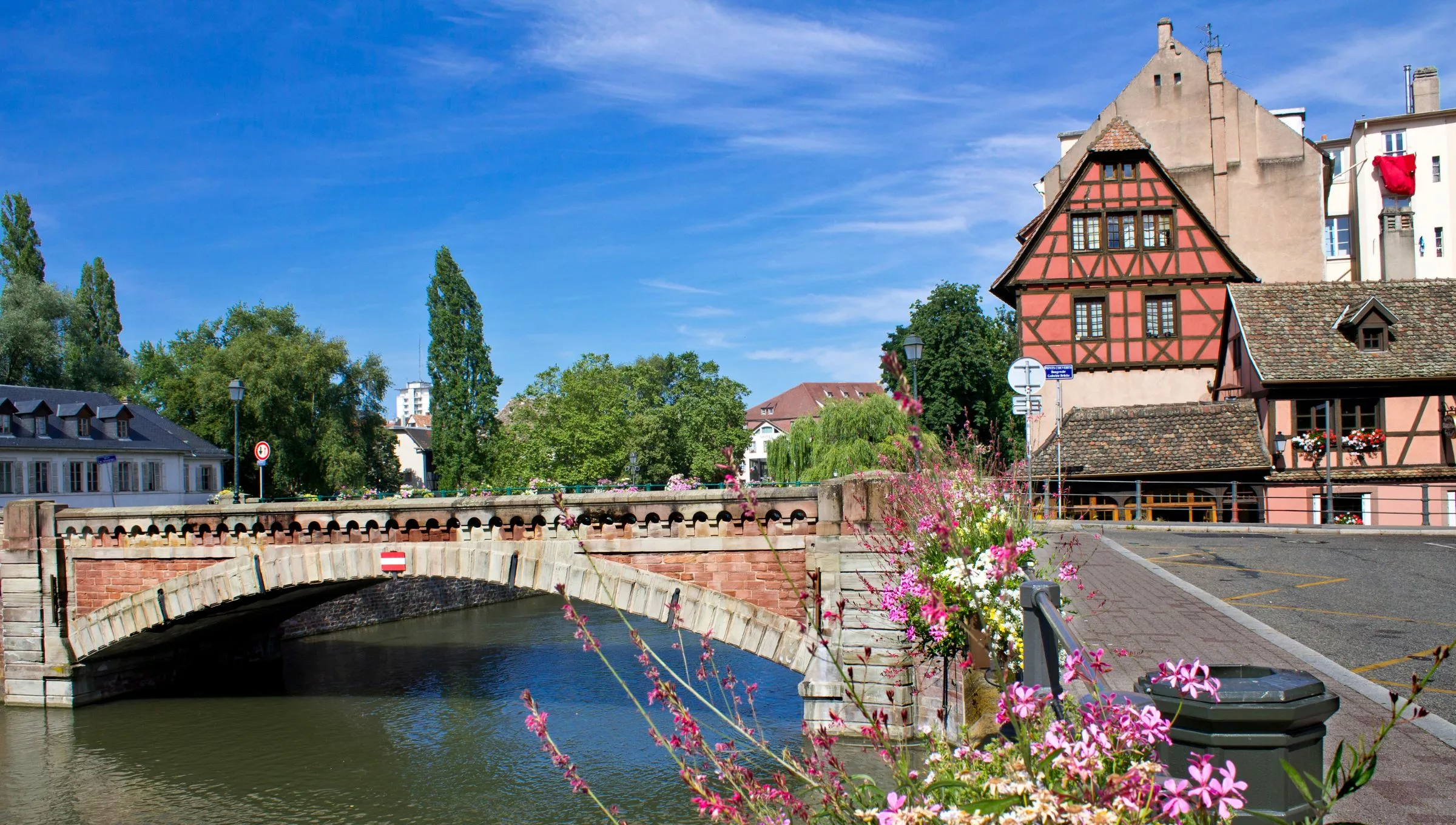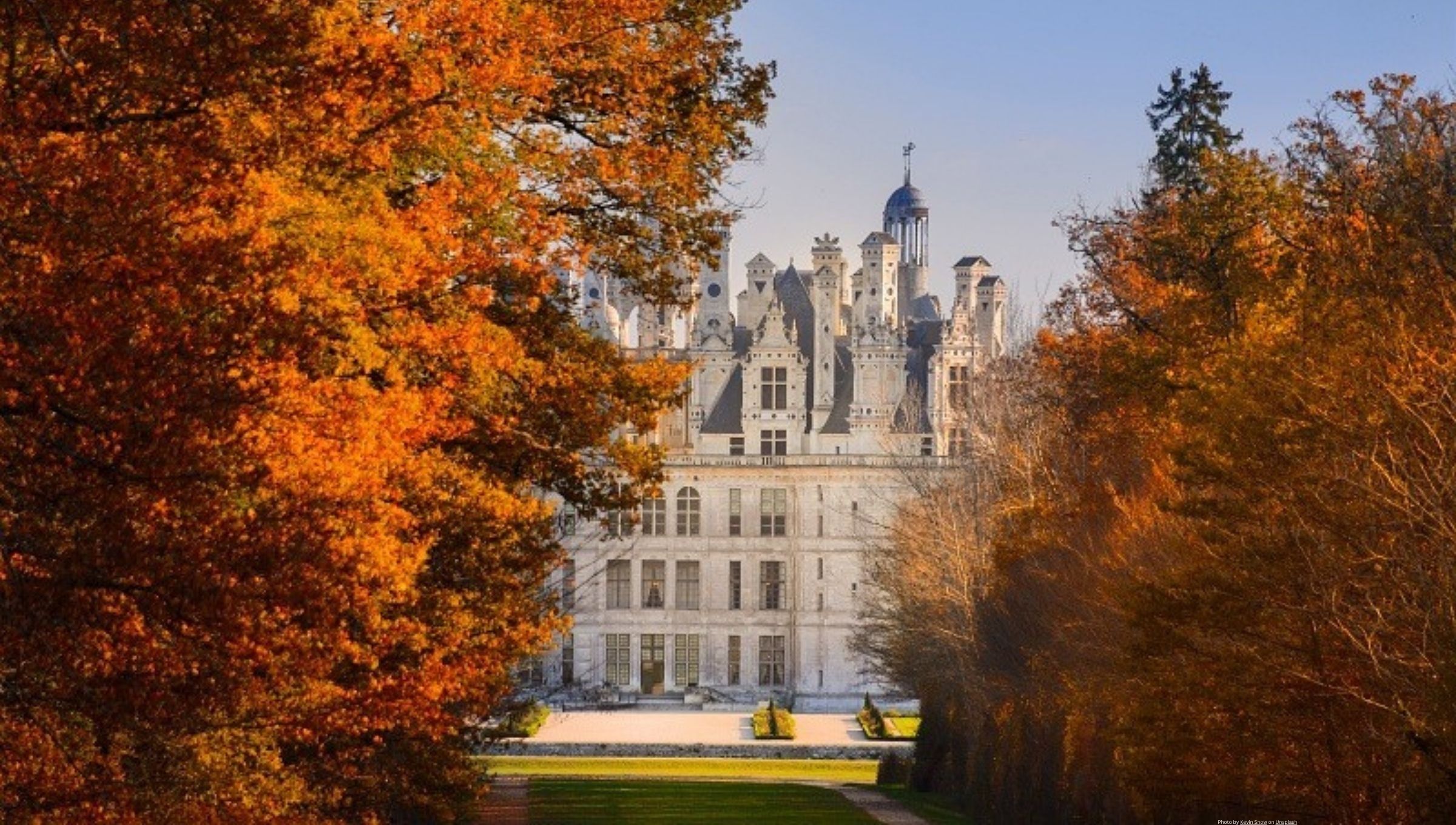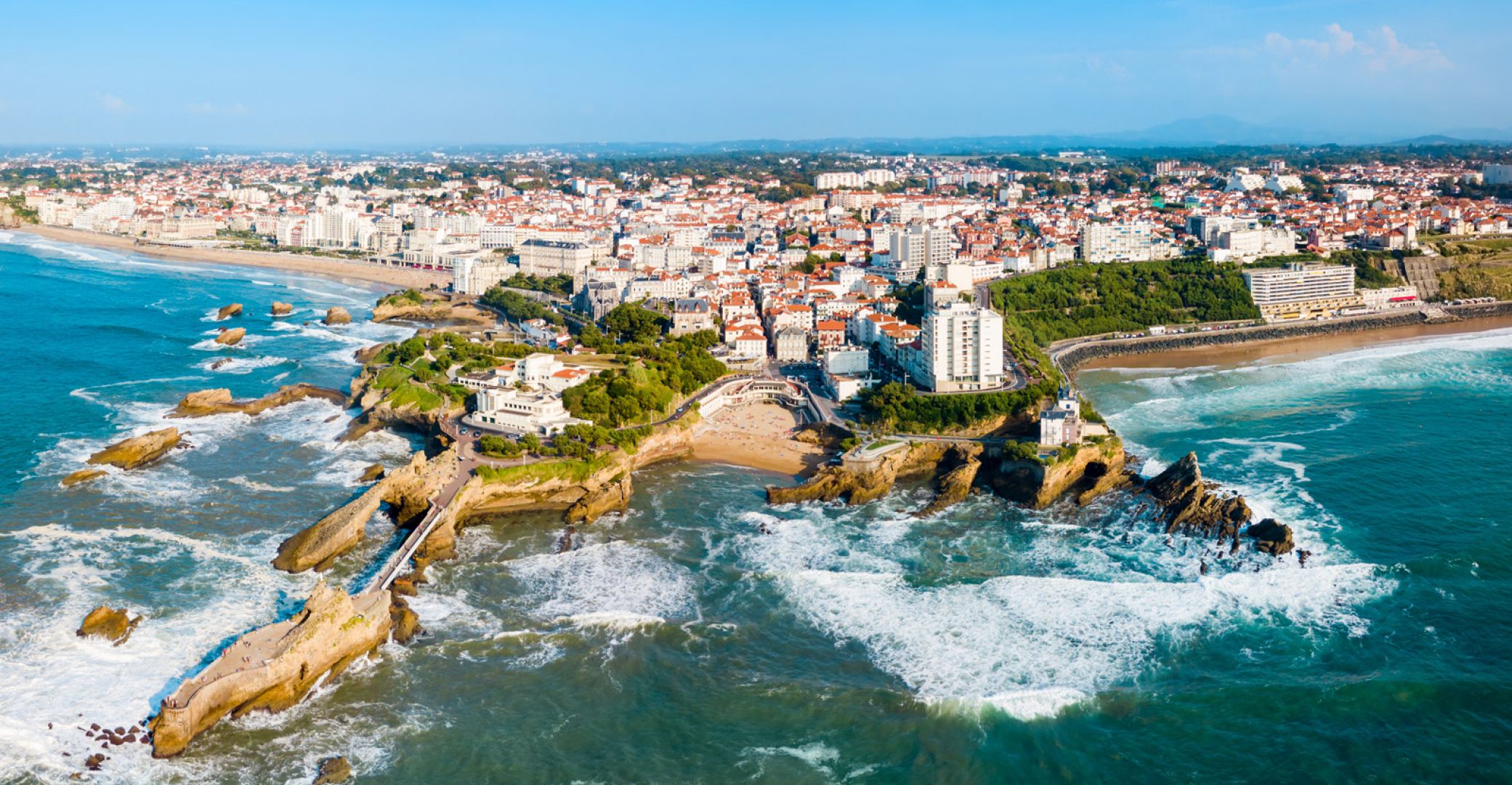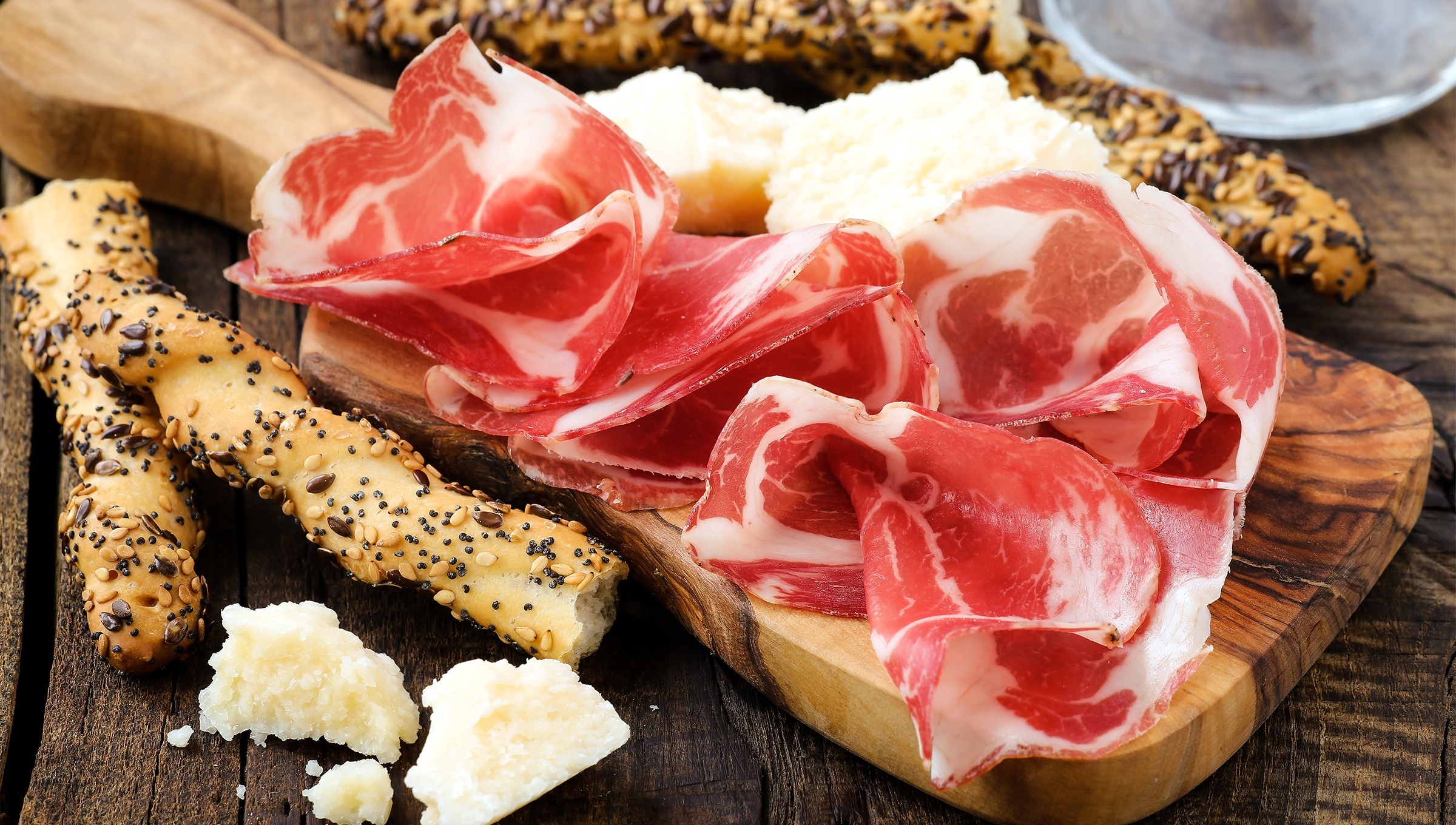With 20 arrondissements, or boroughs, Paris abounds with different neighborhoods to explore. From the glamorous Champs-Elysées to the alternative Montmartre neighborhood, France’s capital has a flavor for each and every visitor. But one neighborhood remains a must, no matter your itinerary or interest. Hailing as one of the oldest neighborhoods in Paris, the Latin Quarter will charm you with its cobblestone streets and millennia of history. And just a stone’s throw away from this historic neighborhood stands the Notre-Dame de Paris Cathedral, which reopens its doors later this year. Not only can you discover the treasures on the inside of the cathedral but also the marvels surrounding it. We’re sharing our deep-dive guide to the Latin Quarter in Paris as well as the best activities in this neighborhood near Notre Dame.
Category : France
Brigitte Bardot-Inspired Guide to Saint Tropez
It’s impossible to divorce Brigitte Bardot from Saint Tropez. This actress and singer left her mark on the French film industry, the town of Saint Tropez and beyond. Lovingly referred to as BB, Brigitte became an icon in French culture and also contributed decades of her life to animal welfare. We’ve rounded up some of our favorite spots and activities in Saint Tropez in honor of BB.We’re sharing more about this French star’s legacy as well as our Brigitte Bardot-inspired guide to Saint Tropez.
Best Non-Skiing Activities in the French Alps
The French Alps may be synonymous with a skier’s paradise, but the region of France offers much more than its slopes. There are plenty of snow and mountain activities to be experienced; no need to be Lindsey Vonn to enjoy the French Alps. This region of France offers a variety of snow activities, hearty gastronomy and nature experiences. Whether you’re not into skiing or you’re looking for the perfect après-ski activity, look no further. We’re rounding up some of our best non-skiing activities in the French Alps.
Best Hotel Spas in the French Alps
From its snow-capped mountains to its idyllic ski villages, the French Alps promises enchanting experiences. But after a long day out in the snow or on the slopes, your body needs some warm care. From Megève to Chamonix, this region offers a wide array of hotels with luxury spas that are sure to tempt you. Whether you’re in the mood for sauna access or a rejuvenating facial, we’ve compiled some of the best hotel spas in the French Alps. From spa treatments to wellness facilities, here’s where you can unwind and warm up with some TLC during your trip to the French Alps.
Your Perfect Week Itinerary to Paris
There’s no one way to visit Paris; the city is timeless yet ever changing. Although many claim to have the perfect Paris week itinerary, the reality is that there isn’t just one. And depending on if it’s your first time to Paris or if you prefer gastronomic experiences to historical visits, the itinerary will vary. Instead of a day-by-day experience, we’re rounding up Paris by theme and preference: first time, food, shopping, history and art. At French Side Travel, we’re ready to help you customize your trip in order to truly make it the perfect week itinerary to Paris.
10-Day France Itinerary: Paris, Bordeaux and Basque Country
City, ocean and wine. The southwest of France teems with picturesque landscapes and extraordinary experiences. If you only have 10 days to explore France and want to enjoy both Paris and the southwestern region of France, you can have it all. The southwestern region of France may not get as much limelight as the Riviera, but Bordeaux and the Basque Country need not be overlooked. For travelers looking for under-the-radar yet classic destinations, we’re here to help. We’re rounding up our favorite spots in our 10-day itinerary to Paris, Bordeaux and the Basque Country.
Best Loire Valley Tours from Paris
From Louis XIV to Marie Antoinette, French history is marked by its monarchs. Their decadent wardrobes, decorated abodes and royal courts all play an important role in the story of France. The Palace of Versailles may be the most well-known of French châteaux, but you needn’t stop there. Only a couple hours from Paris, the Loire Valley is particularly known for its wealth of châteaux and is accessible as a day trip from Paris. If you want to squeeze in Loire Valley castles during your trip to Paris, don’t fret. We’ve rounded up some of our favorite spots and the best Loire Valley tours from Paris.
10-Day France Itinerary: Paris, Provence and French Riviera
From its vibrant capital to its quaint countryside, France teems with places to explore. Few of us have the luxury to spend several months in a destination. Even if you don’t have endless time in France, it’s possible to hit many highlights if you plan smartly. If you’re looking to experience Paris but also see the Provençal countryside and French Riviera beaches, look no further. We’ve rounded up a 10-day France itinerary to Paris, Provence and the French Riviera.
8 Best Day Trips from Strasbourg
With its skyscrapers and metro lines, much of France has been modernized throughout the years. But there are pockets of France that feel magically untouched by the 21st century. And Alsace is one of those regions. The city of Strasbourg is home to the European Union’s Parliament’s main seat and boasts a modernity mixed with centuries-old charm. But around Strasbourg are sprinkled quiet yet enchanting villages. From its half-timbered homes and storybook-like architecture, these villages in Alsace are sure to captivate. Here are some of the best day trips from Strasbourg and the best activities.
Top 2024 Fall Destinations in France
The French Riviera’s crisp waves beckon during the summer, and Alsace’s charming Christmas markets enchant during the winter. But perhaps you’re interested in discovering France during autumn in its shoulder season. Given its geographical diversity and varied climates, France is the perfect place to discover all year-round, including the fall. The autumn season in France also sees many wine harvests, which makes this season an exquisite time for wine connoisseurs to visit. From Bordeaux to the Loire Valley, we’re rounding up some of our top 2024 fall destinations in France as well as our favorite autumn activities.
How to Spend a Weekend in Biarritz
Biarritz boasts a laid-back atmosphere with a touch of grandeur. This historic seaside resort was once a playground for European royalty, and its legacy of elegance lingers. Today, Biarritz offers a vibrant mix of world-class surfing, stunning beaches, and a rich cultural scene. From indulging in delectable Basque cuisine to exploring the charming town center, Biarritz promises an unforgettable weekend getaway.
Your Gourmet Guide to Corsica
Less than an hour’s flight from Nice sits the sun-soaked island of Corsica. This island became part of France in 1786, and today visitors enjoy its crystal blue coastlines and beaches. But even more, Corsica tempts its visitors with its Mediterranean cuisine. French cuisine is often synonymous with croissants and crêpes, but Corsica adds its own nuanced flavor to this definition with rich Mediterranean themes. From olive oil to wine, sausages to cheese, here’s our gourmet guide to Corsica.


